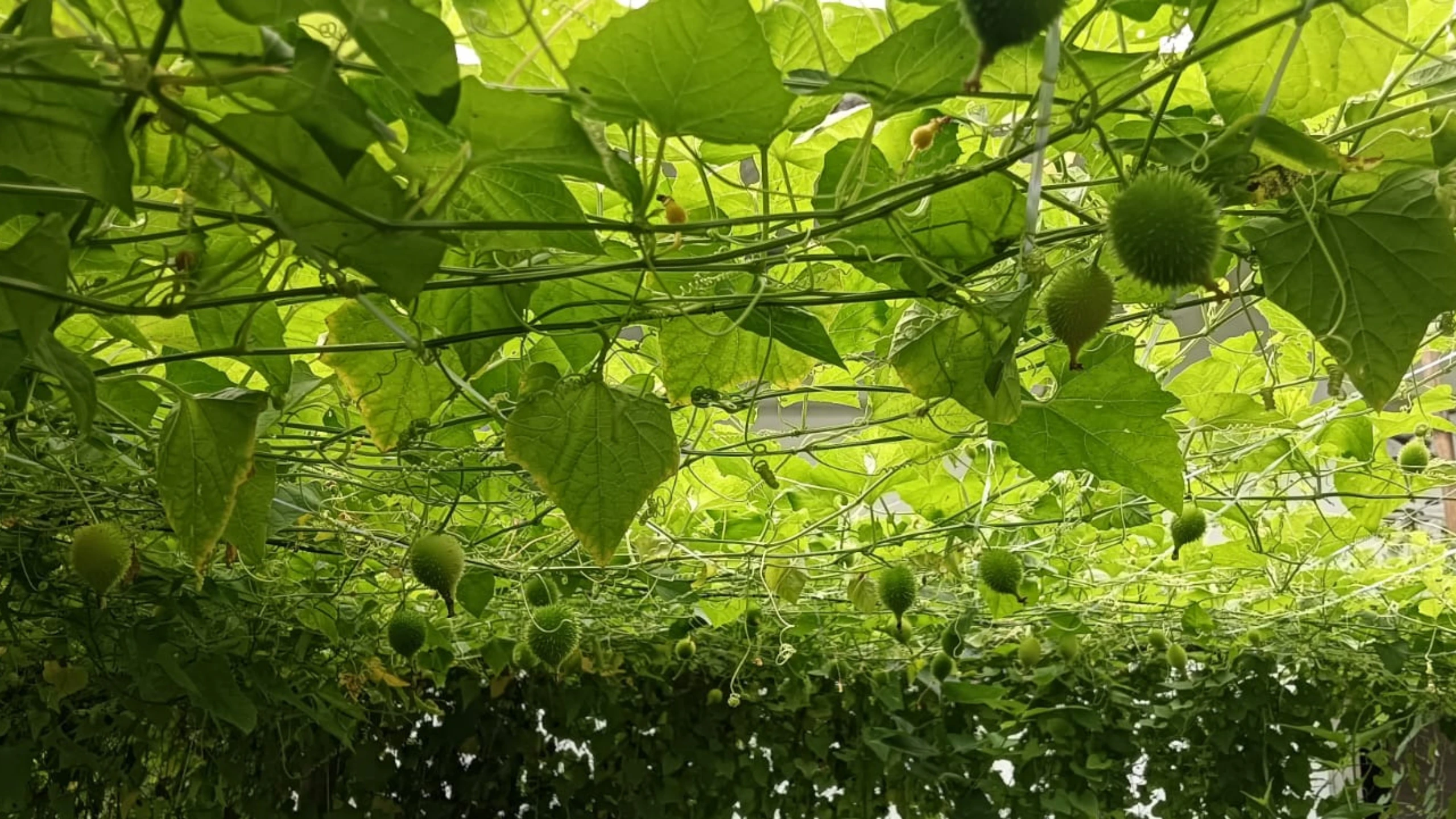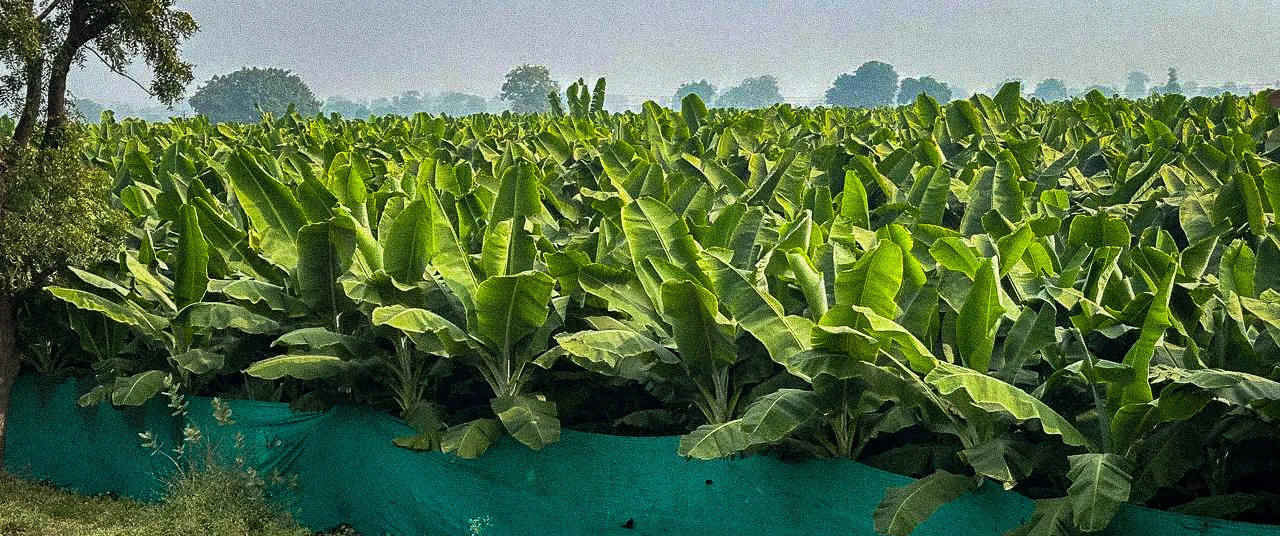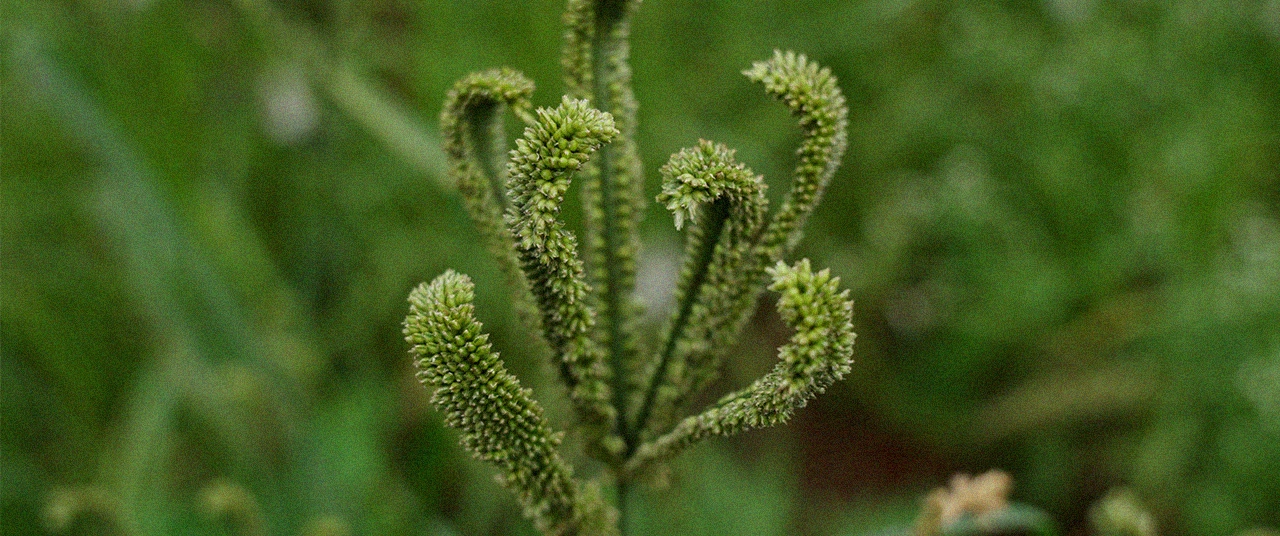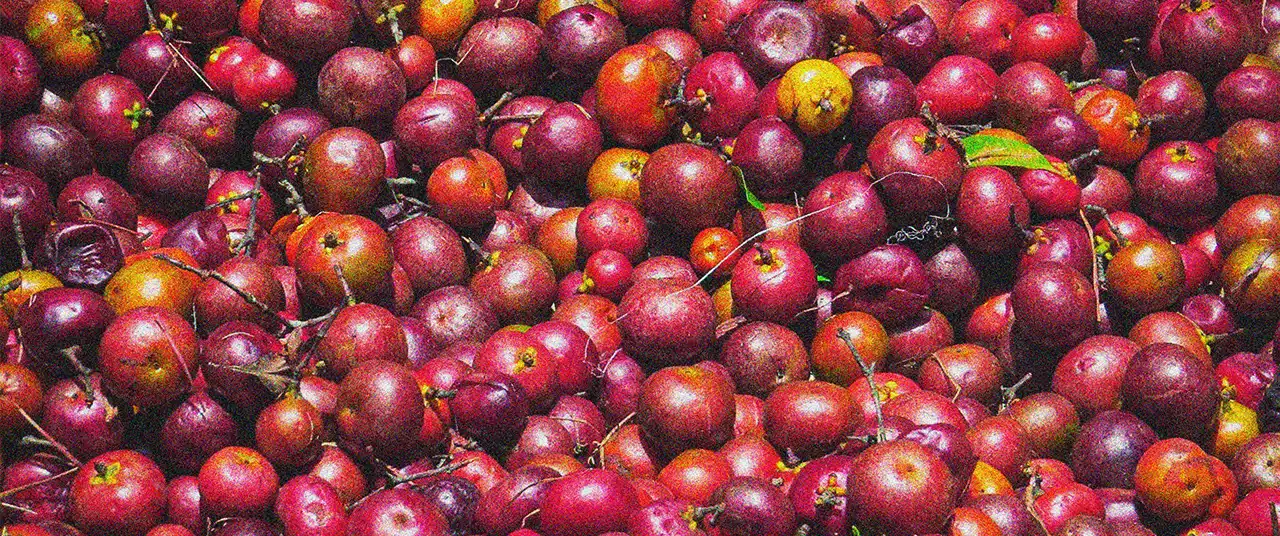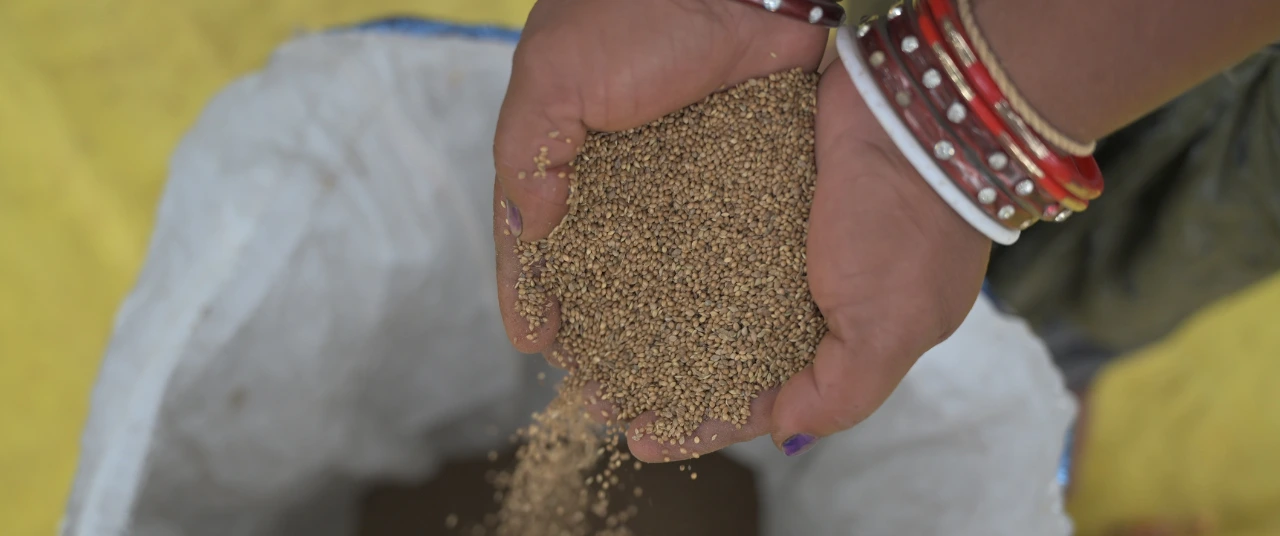Traditionally a foraged gourd, growing it is not without challenge. Researchers are working to make it more accessible to farmers and consumers






It’s 8:30 am on a rainy August morning when Nosar Bai, 65, is searching roadside bushes in the outskirts of the Jaliya village in Ajmer, Rajasthan. The thing she is looking for is the spine gourd (Momordica dioica), a climber plant with green, spiky, seasonal fruits, also known as kikoda in Rajasthan.
Cooked as a vegetable (find a local recipe for it at the end of this article), the spine gourd is a semi-wild species of flowering plant in the gourd family. It is found in nature with minimal human interference in Punjab, Uttar Pradesh, Rajasthan, Madhya Pradesh, Kerala, and in the Western Ghats of Maharashtra, as well as in other regions of India and Sri Lanka, reaching an elevation of 1,525 metres in the Himalayas.
It is known by different names across India. In Karnataka, it is called madahagalakayi; in Maharashtra, it is known as kartoli and kantola; in West Bengal, it is referred to as bhatkarela and ban-karola; in Andhra Pradesh and Telangana, it is called aakakarakayi; in Tamil Nadu, it is known as pazhupavakkai; and in Kerala, it is referred to as kattu pavakkai/eruma paval. Other names used in different parts of the country include kankoda, meetha karela, kakrol, and kaksa.
For the past 20 years, Nosar Bai has been foraging for spine gourds (also known as spiny gourds) to sell during every monsoon. All year, she has to do absolutely nothing to ensure that the fruits will grow. “Bhagwan bowe hai inhe (it’s God that sows these seeds),” she says. According to her and others from the region who sell foraged spine gourds for a living, the tuber of the plant remains resolutely in place all year, requiring no intervention. As soon as monsoon showers arrive, the plant climbs up swiftly. It thrives in both tropical and subtropical climates and has been described as a hardy plant well-suited to diverse climatic conditions. It can be grown on a wide range of soils and in frost-free areas. As long as there’s rain, there’ll be spine gourds, and if it doesn’t rain for a year, they will still grow the next year amid showers, Nosar Bai says.
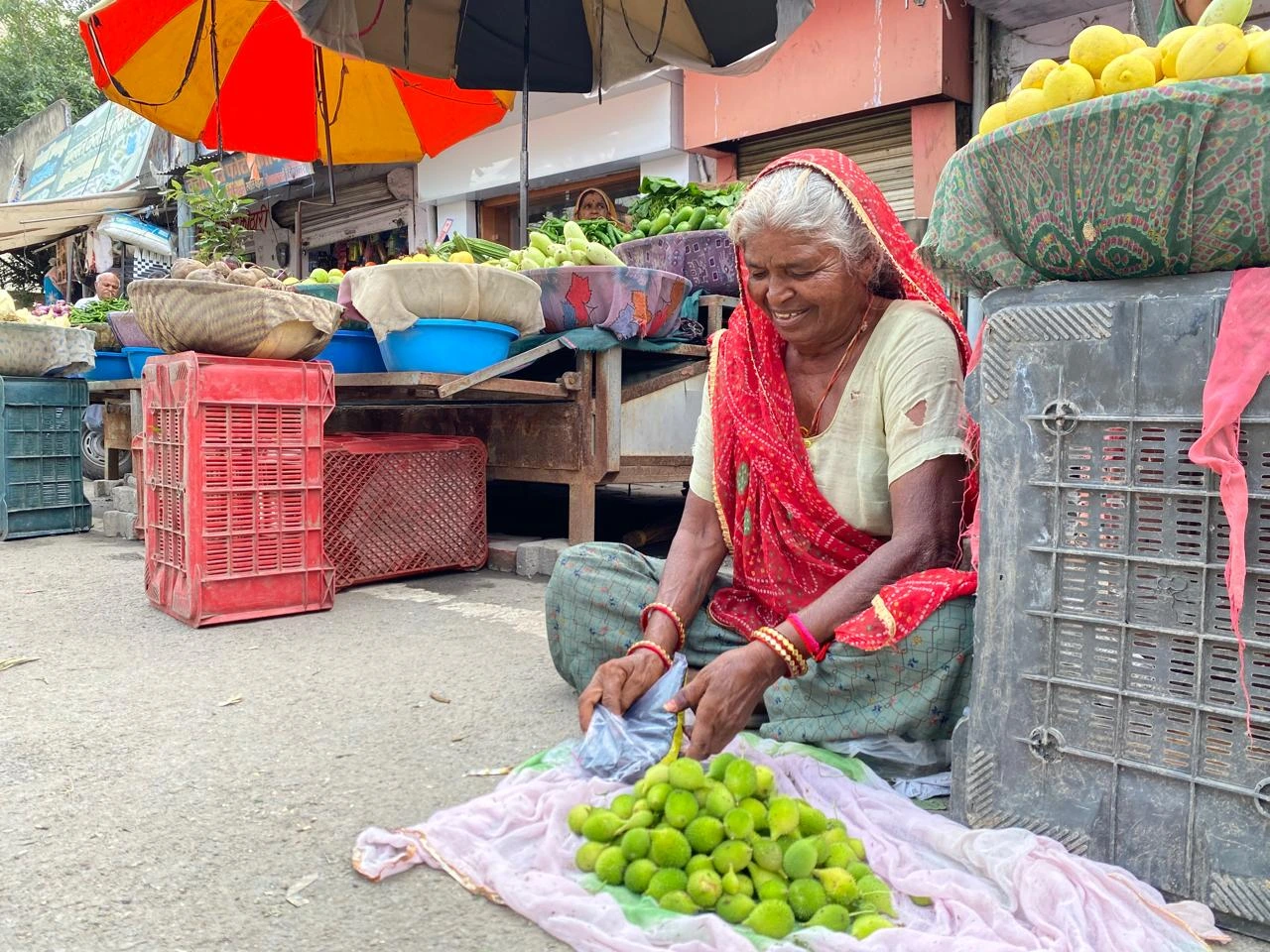
Low investment, high returns
More than 550 km away, in Mainpuri, Uttar Pradesh, Omveer Singh cultivates the spine gourd commercially. Singh grows the Indira Kankoda I variety—developed by researchers in Chhattisgarh and released in 2007—which is resistant to all major pests. In India, the fruit (used as a vegetable in the culinary sense) is commercially grown in Odisha, Bihar, Jharkhand, and Maharashtra, along with West Bengal and Karnataka—the two states which lead in its cultivation for sale.
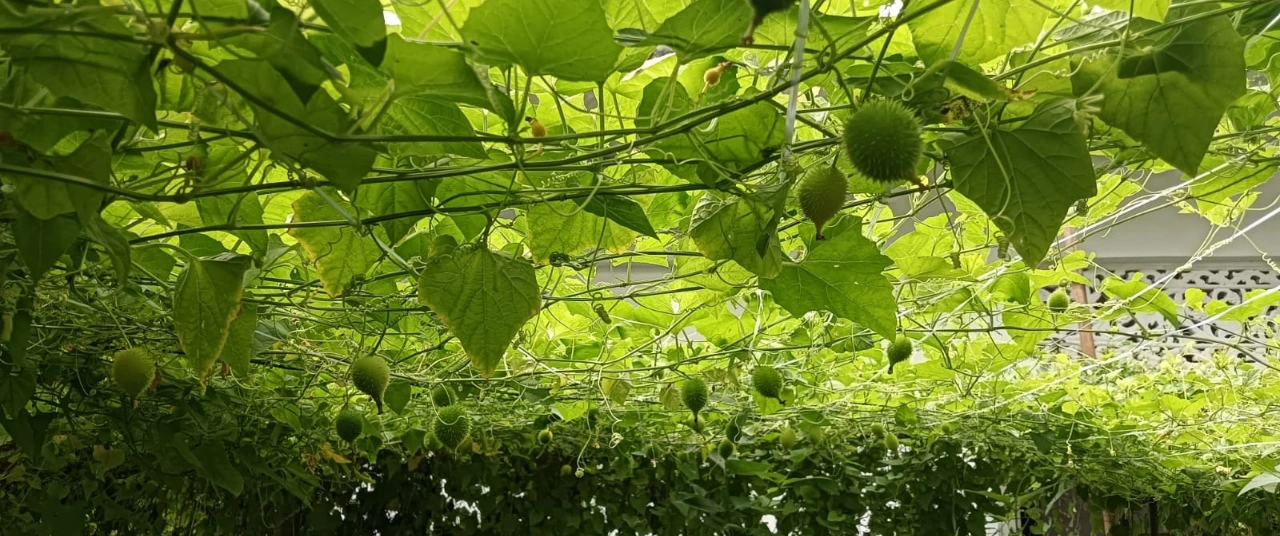
After quitting his job as a salesperson during the COVID-19 pandemic in 2020, Singh decided to turn to farming, deliberately choosing crops that required minimal investment yet offered steady, year-on-year returns. YouTube tutorials helped him learn the basics, and when he came across the spine gourd, it immediately brought back memories of foraging it in the wild during his childhood. That nostalgia, along with its low-effort cultivation, convinced him to grow the spine gourd alongside parwal (pointed gourd). The only recurring costs, he notes, are for manure and neem oil to keep pests away, while the one-time expense of constructing a bamboo support structure—for the tubers to climb—lasts for years.
According to Singh and Nosar Bai, 1 kg of spine gourd can fetch anywhere between ₹80 to ₹200, depending on the time of the season and year. Singh says that cultivating spine gourds in an area of one acre can fetch somewhere between ₹3,00,000 and ₹4,00,000 per season. For him, the returns have been increasing year-on-year.
As soon as monsoon showers arrive, the plant climbs up swiftly.
In Telangana’s Adilabad and Warangal, the gourd has been sold at prices higher than chicken earlier this year and in previous years, reaching as high as ₹500 per kg in 2024 due to its escalating demand and comparatively insufficient production. The other reasons cited for high prices are its limited availability at a specific time of year, as well as its appeal among vegetarians and meat-eaters alike.
“It is not just the fruit that sells. One kilogram of seeds, procured from approximately 10 kgs of fruits, sells for anywhere between ₹3,000 and ₹5,000. The dried roots also sell for about ₹300 to ₹400 per kg. I receive calls from all over the country to ship seeds and roots for medicinal use as well. People have even come to my house or the farm to buy from me directly,” Singh adds.
Also read: A hunt for Goa’s wild ‘monsoon greens’: Foraged veggies that fed generations
A nutrient powerhouse
The lucrative returns on spine gourd are due to its high nutritional value. “Yeh bimaari kaate hai (It keeps you disease-free),” says Nosar Bai. Along with being rich in vitamins, including vitamin A, vitamin C, and vitamin B9, the fruit contains minerals like iron, magnesium, and potassium. “Rich in fibre, the spine gourd aids in digestion and relieves constipation. It’s a great choice for those with diabetes mellitus, PCOS, hypertension, and obesity because of its high fibre and moisture content and also due to its ability to lower blood sugar levels. Since it is rich in anti-oxidants β-carotene and flavonoids, it can act as an anti-aging agent, and can help fight acne. It’s like a multivitamin pill,” explains Dr Deepti Verma, nutritionist and director, Mastermind Body Global.
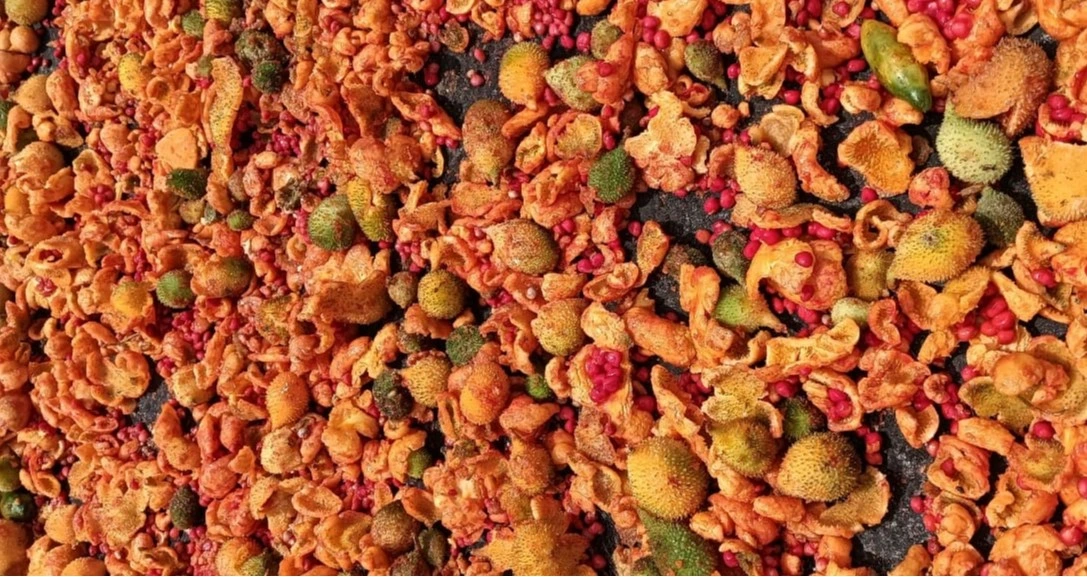
Some reports have documented the medicinal use of the spine gourd in traditional healing practices, too. Tribes in Chhattisgarh have been using the tuberous roots of this plant to treat rheumatism, fever, and diarrhoea, while its seeds are used to treat chest issues.
Also read: The uncertain future of Aarey Forest’s tribal agriculture
A bad seed
Despite its significant economic and nutritional value, and demand in local markets, the spine gourd remains “underutilised and under-exploited”. This is because growing the fruit comes with its own set of challenges. Primarily, there is no conventional propagation technique for large-scale cultivation. It is also a dioecious crop, which means it has separate male and female plants. The male plant only bears flowers, which are essential for pollination but don’t yield any gourds. It’s the female plant that bears both flowers and fruits after being pollinated by the male plant.
When propagated through seeds, one challenge is that the sex of the plants cannot be predetermined. “You need a lot of seeds to ensure cultivation,” says Soumik Banerjee, an independent researcher and practitioner of agro-ecology and heirloom seed conservation. After flowering, a 10% male plant population should be maintained to achieve better fruit yield.

Singh adds that propagation from seeds is also more time-consuming. It takes three months for them to germinate and flower. “Whereas if the propagation is executed through the tuber, it flowers within 30-35 days,” he explains.
Though germination via tubers is faster and provides clarity on the plant's sex, it can be challenging to obtain a sufficient number of plants. “People dig out tubers from the wild, disturbing the plant’s growth in forests and damaging its natural ecosystem,” explains Banerjee.
Also read: In Meghalaya, Mei Ramew cafés keep indigenous recipes, techniques alive
Easy come, easy grow
To combat these challenges with propagation, researchers across the country have developed various varieties. For instance, Arka Bharath, identified for commercial cultivation by the experts at the Central Horticultural Experiment Station (CHES) in Karnataka’s Chettalli (a regional station of the Indian Council of Agricultural Research - Indian Institute of Horticultural Research, Bengaluru) is a high-yielding variety.
Researchers found that not only do spine gourd plants sprout only after the onset of the monsoon, they also produce a lower yield with small fruits that weigh between 20 gms–30 gms, resulting in a very low yield of 2-3 kgs per plant.
On the contrary, their Assamese counterpart—the teasel gourd (Momordica subangulata subsp. renigera), a semi-domesticated crop—multiplies more easily, and therefore, can be more cultivated commercially. A single fruit can weigh up to 100 gms, and a yield of up to 8-9 kgs can be procured from one plant. The researchers studied the teasel gourd to produce a high-yielding selection for commercial cultivation. A 2024 study has found that net returns from teasel gourd farming are strikingly promising. The maintenance costs ranged from ₹2,94,460 in the first year to ₹3,65,830 by the fifth year, while the net returns fluctuated between ₹16,49,795 in the first year and ₹14,13,020 by the fifth year.
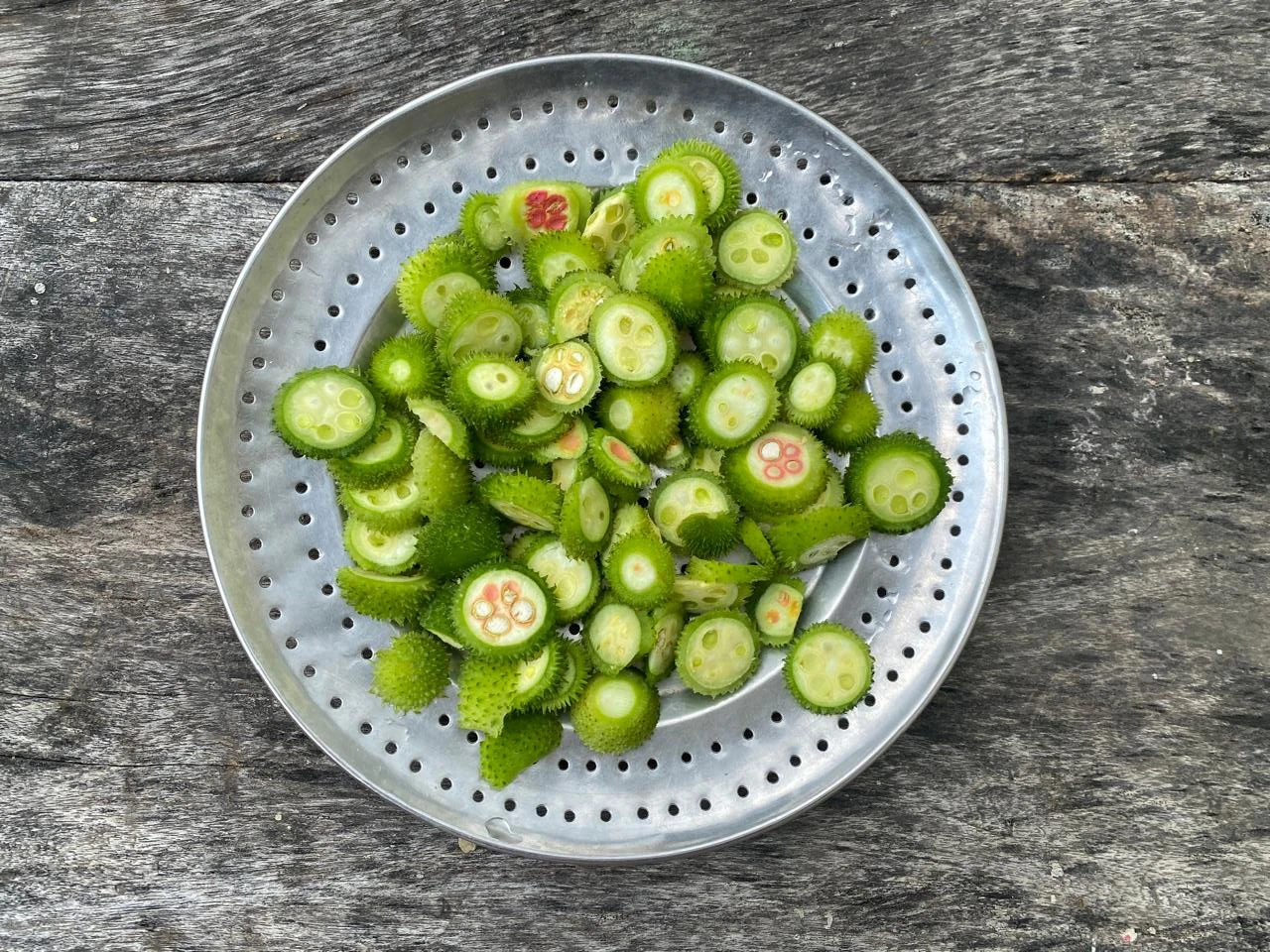
Another successful example stemming from academic research is the Arka Neelachal Shanti variety—a hybrid of the spine gourd developed by crossing it with the teasel gourd. “While the quality of spine gourd is superior, it yields fruits for a shorter time and is difficult to propagate. We’ve crossed two different species to combine the desirable traits of both to develop this variety, which is easy to cultivate and multiply, and yields fruit for a longer duration,” explains Latchumi Kanthan Bharathi, Principal Scientist, division of Crop Improvement, ICAR-Central Tuber Crops Research Institute (ICAR-CTCRI), Thiruvananthapuram. “It is now a super hit with farmers in Odisha, where it was released,” he says.
Bharathi was the principal investigator for the programme that developed Arka Bharath and Arka Neelachal Shanti. The intent behind his research into the subject was widening the food basket and providing greater access to this local ingredient.
A recipe for Kikoda ki sabji
Wash the spine gourd fruit thoroughly and leave it to dry. Once dry, cut into round slices. Heat some oil in a pan and add cumin seeds and asafoetida. Sauté some finely chopped onions and slit green chillies. Add the spine gourd, along with spices such as chilli powder, turmeric, and coriander powder. Add salt to taste. Cover and cook on low heat until the gourd is cooked through. Squeeze some lemon on top, mix and season with fresh coriander leaves.
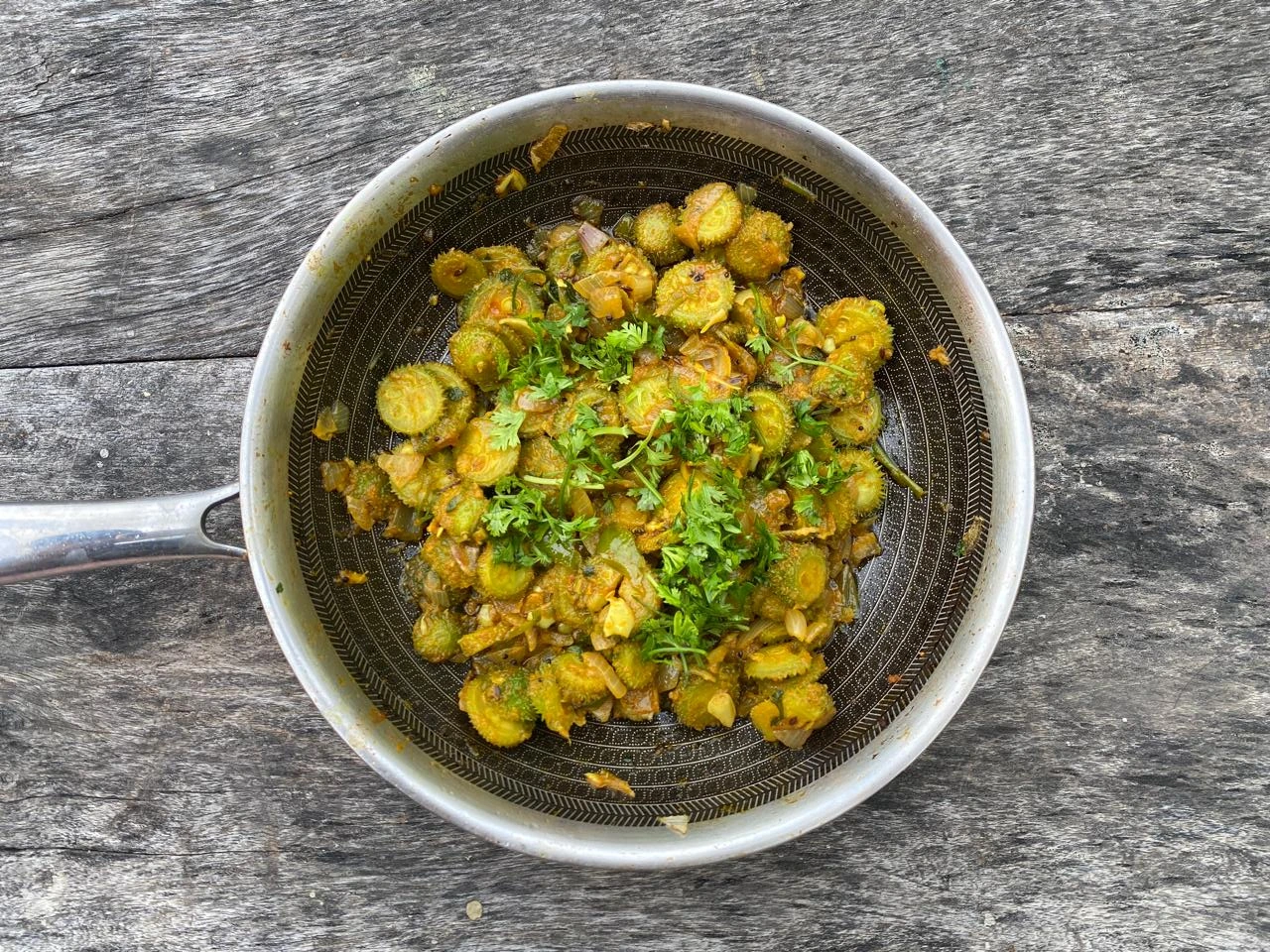
{{quiz}}
Explore other topics
References

